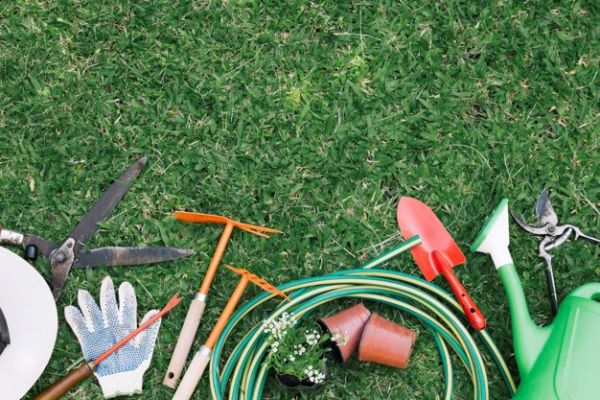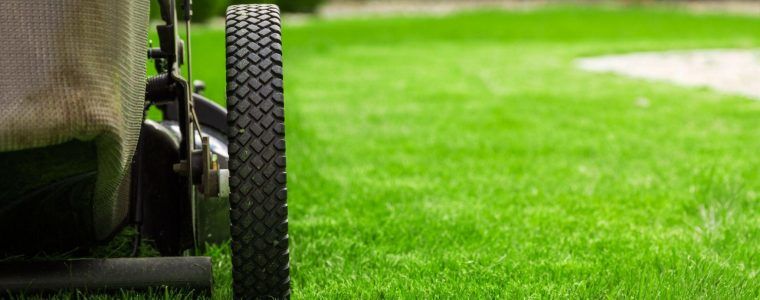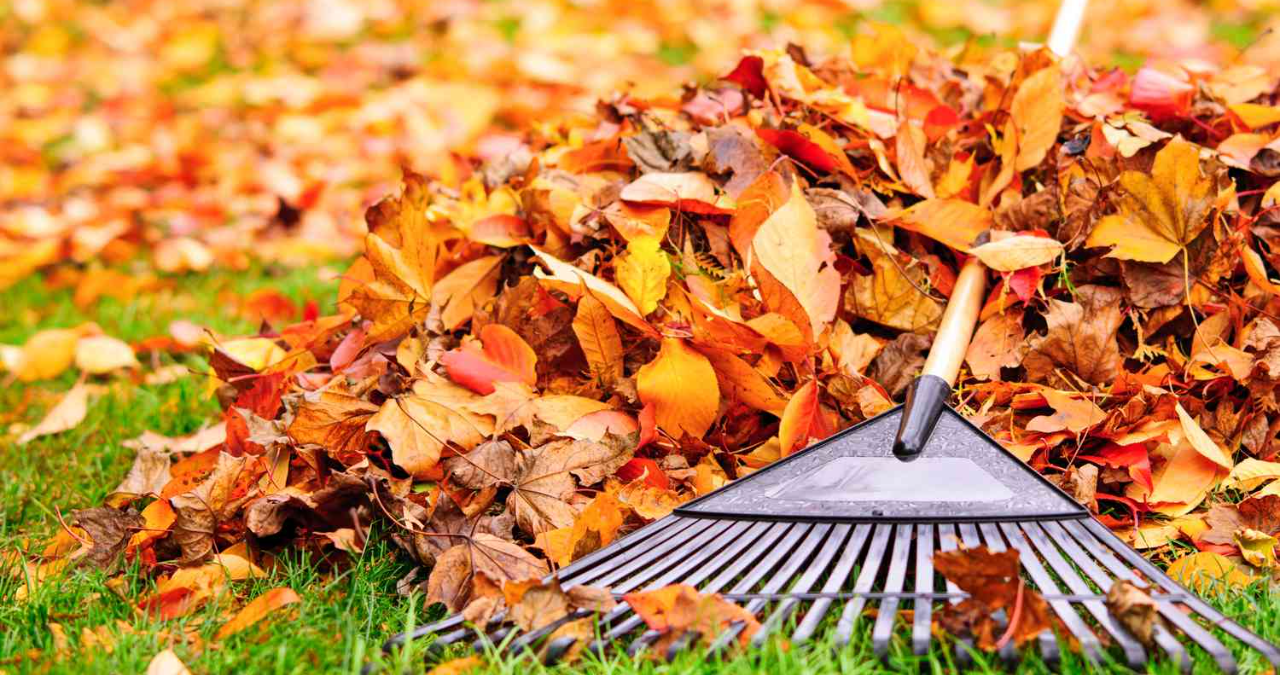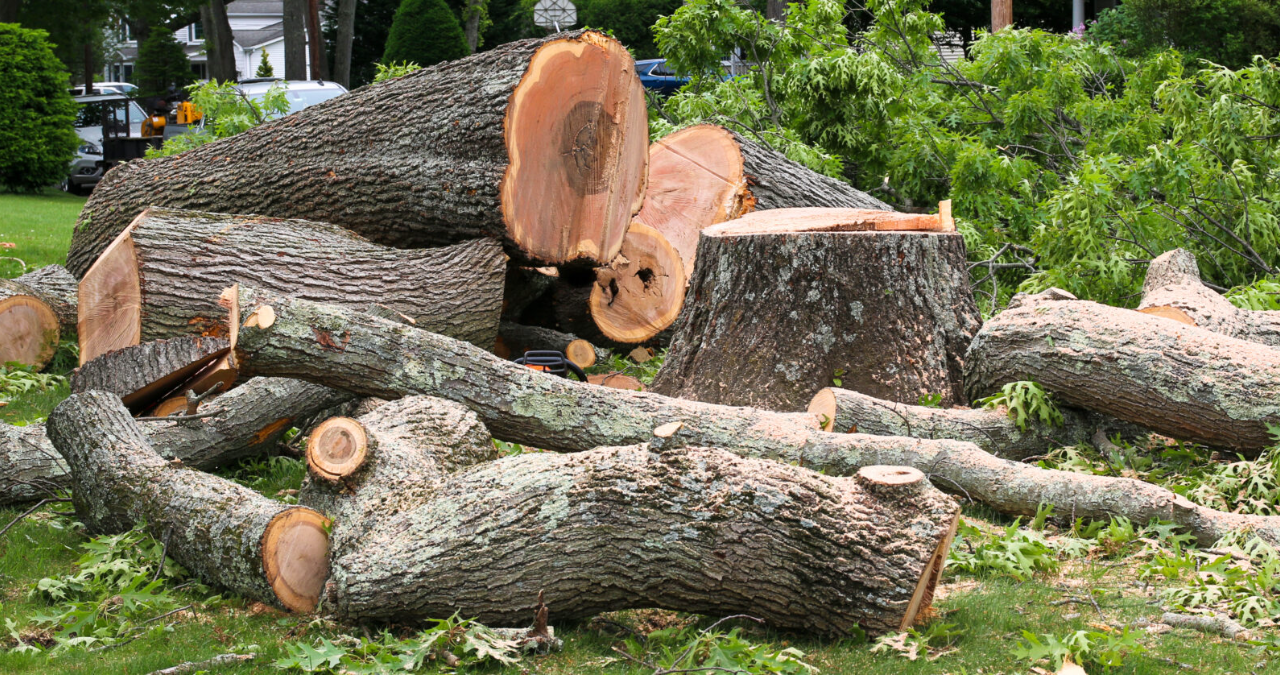Discover expert tips for effective yard clean up. This detailed guide covers tools, techniques, seasonal advice, and FAQs to help you keep your outdoor space spotless and inviting
Why Yard Clean Up Matters More Than You Think
When people think about yard clean up, they often picture raking leaves or mowing the lawn. But the truth is, it’s way more than just a weekend chore. A well-maintained yard can boost your home’s curb appeal, increase property value, and provide a peaceful space for you to unwind. Whether you’re prepping for a BBQ or simply want to enjoy nature, a clean yard sets the stage.
Yard clean up also plays a vital role in the health of your garden and landscaping. Dead leaves, overgrown shrubs, and debris can become breeding grounds for pests and disease. Regular clean ups keep everything in check and let your plants and lawn breathe, literally.
Getting Started: What You Need Before You Begin
Before diving into any yard clean up, it’s important to have a plan and the right tools. Preparation is key and can save you time, effort, and even a few backaches.
First things first: grab your essential tools. This usually includes a rake, pruning shears, gloves, garbage bags, and maybe a wheelbarrow. Depending on the size of your yard and the state it’s in, you might also want a leaf blower, hedge trimmer, or a power washer.
It’s also smart to take a walk around your yard and make a checklist. Note the areas that need extra attention. Maybe it’s the flower beds that need weeding, or the patio covered in leaves. Having a clear action plan keeps you organized and motivated.
Seasonal Yard Clean Up: When and What to Focus On
Yard clean up isn’t a one-time event. Every season brings its own challenges and tasks, and keeping your yard tidy year-round is the best approach.
Spring: After the snow melts, you’ll likely be dealing with soggy leaves, broken branches, and winter debris. This is a great time to prune trees, clean flower beds, and refresh mulch. It’s also the ideal season for fertilizing your lawn and planting new flowers.
Summer: During the warmer months, yard clean up is all about maintenance. Mow the lawn regularly, keep weeds under control, and water your plants appropriately. Trimming shrubs and checking for pests can help your garden thrive.
Fall: This is perhaps the busiest season for yard clean up. Leaves are falling, branches are snapping, and lawns need prepping for winter. Raking, aerating the soil, and applying a fall fertilizer can go a long way.
Winter: Yard work might seem minimal, but it’s not nonexistent. Clear walkways of snow, protect delicate plants, and keep an eye out for ice damage. Winter is also a good time to plan for the next growing season.
Tools and Equipment for Efficient Yard Clean Up

The right tools make all the difference when it comes to yard clean up. Investing in quality gear not only makes the job easier but can also save you money in the long run.
A sturdy rake is your best friend, whether you’re collecting leaves or smoothing out soil. For heavier debris, a garden fork or shovel can come in handy. Hedge clippers or pruning shears are essential for maintaining plant health by trimming dead or overgrown branches.
Power tools like leaf blowers, pressure washers, and lawn mowers speed up the process significantly. If you’re dealing with a large property, consider renting or investing in a small utility trailer or yard cart. Don’t forget safety gear like gloves, goggles, and knee pads.
Tackling Overgrowth: How to Reclaim Your Yard
Overgrown yards can feel overwhelming, but they’re totally fixable with some elbow grease and the right approach. Start by clearing out large debris like fallen branches, old furniture, or discarded items.
Next, focus on the weeds and grass. Tall, wild grass should be cut down gradually using a weed trimmer, followed by a lawn mower. Be sure to bag or compost the clippings. Trim hedges and bushes carefully to bring back some shape and order.
Once the major stuff is cleared, dig into the smaller details like edging the lawn and refreshing flower beds. It’s amazing how much cleaner and more organized a yard looks with just a few hours of focused effort.
Dealing with Lawn Care During Clean Up
Yard clean up and lawn care go hand in hand. A clean yard gives your lawn the breathing room it needs to thrive. Start by removing debris—leaves, branches, and any trash—that could be smothering your grass.
Next, assess your lawn’s health. Is the grass patchy? Are there bare spots? Consider reseeding or adding fertilizer. Aerating your soil can also improve oxygen flow and water absorption, leading to greener grass.
Keep up with mowing, but don’t cut the grass too short. Taller grass shades the soil, keeping it moist and reducing weed growth. Regular watering, especially in dry months, ensures your lawn stays lush.
Flower Bed and Garden Clean Up Tips
Your flower beds deserve some love during yard clean up too. Start by removing dead plants and weeds. These not only look messy but also compete with your healthy plants for nutrients.
Add fresh mulch to suppress weed growth and retain moisture. While you’re at it, prune perennials and check for any signs of disease or pest issues. A good cleanup now can lead to an explosion of color later.
If you have a vegetable garden, rotate your crops and enrich the soil with compost. Regular weeding and deadheading flowers can also keep everything looking tidy and encourage new growth.
Tree and Shrub Maintenance During Yard Clean Up
Trees and shrubs often get overlooked, but they’re key players in any yard. Start by trimming any dead or overhanging branches. This not only tidies up your yard but also prevents damage during storms.
For shrubs, keep them shaped and trimmed. Overgrown shrubs can take over garden beds and even block sunlight from reaching other plants. Always use sharp tools to ensure clean cuts and reduce the risk of plant disease.
Don’t forget to check for pests like aphids or mites. Treat infestations early to avoid more serious problems down the line. Healthy trees and shrubs make your entire yard look more polished.
Eco-Friendly Yard Clean Up Practices
If you’re big on sustainability, there are plenty of eco-friendly ways to handle yard clean up. Start by composting leaves, grass clippings, and small branches. Not only does this reduce waste, but it also creates rich soil for your garden.
Use natural or homemade weed killers to avoid harsh chemicals. Reuse materials when possible, like turning trimmed branches into garden borders. And when disposing of yard waste, try to use local composting programs instead of dumping it in the trash.
Consider planting native species that require less maintenance and are more resistant to local pests. An eco-friendly yard clean up not only benefits your home but also the environment.
Hiring a Yard Clean Up Service: What to Know
Sometimes, it’s okay to call in the pros. Whether you’re short on time or dealing with a massive mess, hiring a yard clean up service can save your weekend and your back.
When choosing a service, look for companies with good reviews and fair pricing. Ask for a detailed quote and make sure they’re insured. Be clear about what you want—whether it’s leaf removal, lawn care, or a full-blown landscaping overhaul.
A one-time clean up can be a great reset, but many companies also offer seasonal packages. These can be cost-effective and ensure your yard stays in tip-top shape year-round.
Tips for Keeping Your Yard Clean Year-Round
The best way to avoid a major yard clean up is to stay on top of things regularly. Make yard maintenance a part of your weekly routine. Even 15 minutes can make a big difference.
Rake leaves before they pile up. Pull weeds as soon as you see them. Mow the lawn before it gets unruly. These little tasks add up and prevent your yard from becoming overwhelming.
Set reminders for seasonal tasks like pruning, fertilizing, and mulching. Having a calendar can help you stay organized. A little consistency goes a long way in yard maintenance.
Common Yard Clean Up Mistakes to Avoid

Even seasoned homeowners make mistakes during yard clean up. One of the biggest is doing everything at once. This can lead to burnout and sloppy work. Break tasks into manageable chunks.
Another mistake? Ignoring safety. Always wear gloves and proper footwear, especially when using tools. And don’t forget to stay hydrated if you’re working in the sun.
Lastly, don’t overlook disposal. Make sure you have a plan for where your yard waste is going. Whether it’s compost, city pickup, or a local drop-off center, knowing in advance saves stress later.
Creating a Yard Clean Up Checklist
A checklist keeps you on track and ensures you don’t miss any spots. Here’s a sample to get you started:
| Task | Completed |
|---|---|
| Pick up branches and debris | ✅ |
| Rake leaves and compost them | ✅ |
| Mow and edge lawn | ✅ |
| Trim hedges and bushes | ✅ |
| Weed flower beds | ✅ |
| Refresh mulch | ✅ |
| Clean patio and walkways | ✅ |
| Check irrigation system | ✅ |
| Inspect for pests | ✅ |
| Dispose of yard waste | ✅ |
Use this as a base and add any specific needs your yard might have.
Quotes to Keep You Inspired During Clean Up
“The best time to plant a tree was 20 years ago. The second-best time is now.” – Chinese Proverb
“A garden requires patient labor and attention. Plants do not grow merely to satisfy ambitions or to fulfill good intentions.” – Liberty Hyde Bailey
FAQs About Yard Clean Up
What is the best time of year for yard clean up?
Ideally, yard clean up should happen during both spring and fall. Spring cleans up winter debris and prepares your yard for growth, while fall gets everything ready for colder months.
Can I compost all yard waste?
Not all yard waste is suitable for composting. Avoid composting diseased plants, large branches, or chemically treated grass. Stick to leaves, grass clippings, and small plant material.
How often should I clean my yard?
Light yard clean up should happen weekly or biweekly. Bigger seasonal tasks can be tackled quarterly—spring, summer, fall, and winter.
Is hiring a yard clean up service worth it?
If you’re short on time or dealing with a large, overgrown yard, hiring professionals can save time and ensure the job gets done properly.
What should I do with excess yard waste?
You can compost some of it, use municipal yard waste pickup, or drop it off at a local green waste facility. Always check your local guidelines first.
Can yard clean up help with pest control?
Absolutely. Removing debris, dead plants, and overgrowth eliminates habitats for many pests and keeps your yard healthier overall.
How can I make yard clean up more efficient?
Use the right tools, work in sections, and have a disposal plan. Doing a little bit regularly makes the process much easier.
Conclusion: A Clean Yard Is a Happy Yard
Yard clean up might seem like a daunting task, but with a bit of planning, the right tools, and a consistent routine, it becomes much more manageable—and even enjoyable. Whether you’re doing it solo or hiring help, keeping your outdoor space clean and organized is well worth the effort.
So roll up those sleeves, grab your gloves, and turn your yard into the oasis it’s meant to be. A clean yard is more than just pretty—it’s a reflection of care, pride, and the simple joy of being outdoors.




